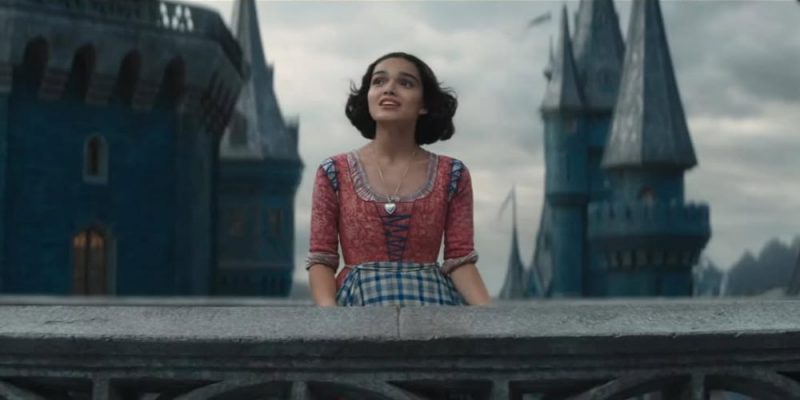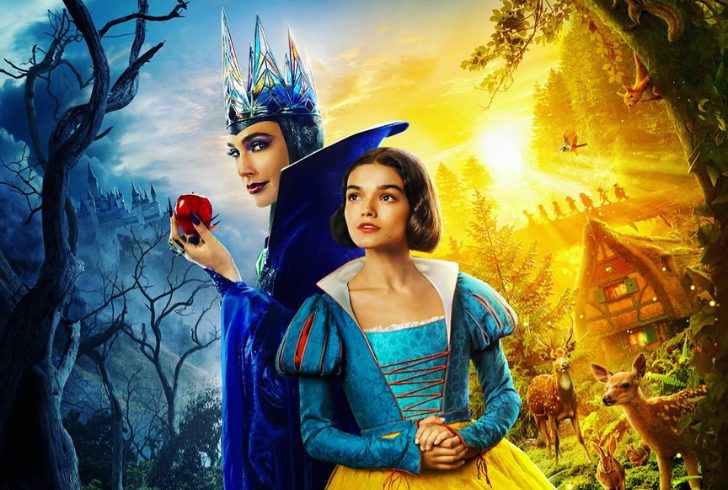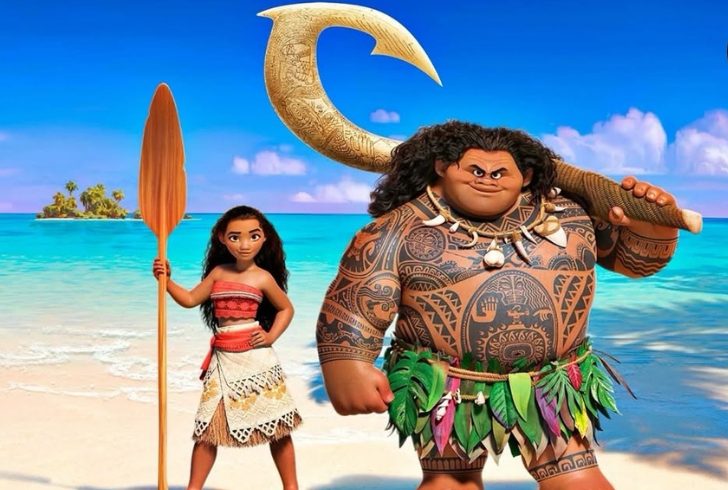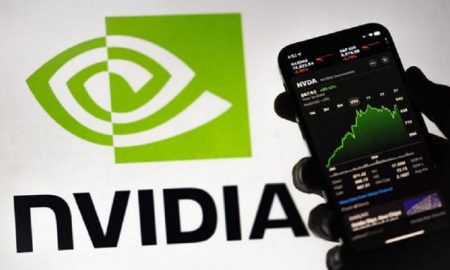
‘Snow White’ Stumbles at Box Office – $43M Debut Raises Eyebrows

Disney’s latest live-action adaptation, “Snow White,” was expected to be a major hit, but its $43 million opening weekend tells a different story. The film, inspired by the 1937 animated classic, entered theaters with high hopes, yet it struggled to capture the magic that fueled previous live-action remakes.
Compared to recent Disney adaptations, the film’s debut falls short. “The Little Mermaid” ($95.5M), “Maleficent” ($69.4M), and “Cinderella” ($67.8M) all had stronger openings, proving that nostalgia-driven films can still perform well when marketed correctly. “Snow White’s” numbers align more with “Dumbo” ($46M), a film that also underperformed despite Disney’s strong branding.
Several factors contributed to this underwhelming launch, including controversies surrounding the film, audience fatigue with remakes, and shifting audience preferences. The film’s B+ CinemaScore—unusually low for a Disney princess movie—further highlights its struggles.
A Lukewarm Audience Reception

Instagram | julian.halm | “Snow White” struggles to impress audiences despite decent reviews.
While many anticipated “Snow White” would be a nostalgic blockbuster, audience response has been mixed at best. A B+ rating on CinemaScore suggests that viewers found it less engaging than other Disney remakes. Even films with mediocre critical reception—like “Maleficent” (A) and “Dumbo” (A-)—managed to secure stronger audience ratings.
Rotten Tomatoes gave “Snow White” a 71% score, which is respectable but not remarkable. Audience enthusiasm hasn’t gained momentum, and positive word-of-mouth—essential for a film’s long-term success—has been minimal. Without a strong recommendation factor, the film faces an uphill battle to sustain earnings beyond its opening weekend.
Controversies and Negative Publicity
One of the biggest challenges “Snow White” faced was public backlash during its pre-release phase. From casting choices to storyline changes, the film endured a storm of criticism on social media.
Lead actress Rachel Zegler’s comments about the original 1937 film sparked heated debates. She criticized certain aspects of the classic tale, leading some Disney fans to feel that she didn’t respect the original story. In addition, the portrayal of the seven dwarfs became a major controversy when Disney opted for a CGI approach rather than casting actors of short stature.
Disney did little to control the damage from these discussions. Instead of shifting the narrative through strategic marketing, the studio allowed negative sentiment to dominate online conversations. Critics argue that Disney could have leveraged social media influencers and early screenings to highlight the film’s strengths. By the time positive word-of-mouth began to emerge, it was already too late to counteract the pre-release backlash.
The Challenge of an Aging Story
While controversies played a role, another significant factor in “Snow White’s” struggles is the character’s age and cultural relevance. Unlike “The Little Mermaid”, which remains a beloved film from Disney’s ’90s renaissance, “Snow White” hails from 1937, making it nearly nine decades old.
Many younger viewers have never seen the original film, so the remake lacked the built-in nostalgia that helped drive the success of “The Little Mermaid,” “Aladdin,” and “Beauty and the Beast.” The generational gap is a major reason why Snow White failed to connect with modern audiences.
Additionally, past live-action remakes of older Disney properties, such as “Dumbo” and “Maleficent,” have historically opened lower than remakes of more recent classics. These films tend to have darker tones and more traditional storytelling styles, which may not appeal to audiences who prefer fast-paced, visually engaging blockbusters.
Marketing Missteps and Missed Opportunities
Disney’s marketing strategy may have also contributed to “Snow White’s” underperformance. While the film featured original songs by Pasek and Paul, the award-winning duo behind “The Greatest Showman,” this musical element was not heavily promoted.
Unlike past remakes that leaned into their musical legacy, “Snow White” failed to make its soundtrack a major selling point. With the right promotion, songs from the film could have gained traction on platforms like TikTok and Spotify, boosting audience interest.
Another missed opportunity was the lack of early screenings for social media influencers. Had Disney engaged more with Gen Z and millennial content creators, the film might have reached a broader, younger audience. Instead, negative headlines dominated the pre-release conversation, and by the time positive reviews emerged, many potential viewers had already lost interest.
Audience Breakdown and Future Prospects
Despite its struggles, “Snow White” managed to attract a primarily female audience, with 68% of ticket buyers being women. However, general audience engagement remained low, with only 43% giving the film a “definite recommend” rating.
Geographically, the film performed evenly across U.S. markets, with AMC Disney Springs in Florida ranking as the highest-grossing theater ($88K). Social media engagement was strong before the release, with over 534M interactions across TikTok, YouTube, and Instagram. However, this online buzz failed to translate into box office sales.
For “Snow White” to sustain its earnings in the coming weeks, strong family attendance will be essential. If parents and children continue to see the film, it could follow a trajectory similar to “Dumbo,” which had a slow but steady box office run. However, with competition from upcoming releases, it remains uncertain whether the film will recover from its weak debut.
What This Means for Disney’s Live-Action Future
Disney’s “Snow White” is another sign that the studio’s live-action formula may need a revamp. While some adaptations like “The Lion King” and “Beauty and the Beast” have been massive hits, others like “Dumbo” and “Mulan” have struggled. The mixed results suggest that audiences are growing more selective about which remakes they support.

Instagram | comicsgig | With new projects like ‘Moana,’ the studio can leverage past lessons to improve its future productions.
Disney’s upcoming live-action slate includes “Moana” (2026), which is expected to do well due to the original’s recent popularity. However, projects like “Bambi” or other older films may face similar challenges as “Snow White.” Simply remaking an animated classic is no longer enough—audiences demand a fresh approach.
Lessons Disney Can Learn
To prevent future remakes from flopping, Disney needs to rethink its strategy. Here are a few key takeaways from “Snow White’s” underperformance:
1. Stronger Damage Control – Addressing negative publicity early can prevent a PR disaster. Had Disney controlled the controversies surrounding the film, it might have avoided losing audience interest.
2. Emphasizing the Soundtrack – The lack of marketing for the new songs was a missed opportunity. Future musicals need a stronger promotional push to connect with audiences.
3. Updating the Story – Some older classics may need significant reinvention to feel relevant to modern audiences. Simply recreating an old film with new visuals isn’t enough.
4. Leveraging Social Media Influencers – Engaging with Gen Z and millennials through early screenings and influencer collaborations could have boosted interest.
Can “Snow White” Recover?
While the film’s opening weekend was underwhelming, there’s still a chance for it to perform well internationally. Some past Disney remakes have had long legs, especially in global markets. If family audiences continue to show interest, the film could eventually cover its massive production budget.
However, competition from other upcoming releases could pose a challenge. With new films hitting theaters, “Snow White” will need strong word-of-mouth and steady family attendance to maintain momentum.
Ultimately, the film’s lackluster debut raises important questions about Disney’s live-action strategy. While remakes remain profitable, studios must adapt to changing audience expectations. If “Snow White” proves anything, it’s that nostalgia alone isn’t enough to guarantee a box office hit.
What’s Next for Disney’s Live-Action Remakes?
The performance of “Snow White” highlights the growing challenges for Disney’s live-action adaptations. While some films have thrived by offering bold reinterpretations, others have struggled when they failed to connect with modern audiences. Moving forward, Disney must strike a balance between honoring classic stories and introducing fresh elements that make these films feel exciting again.
As new projects like “Moana” and “Hercules” enter development, the studio has an opportunity to learn from past missteps and refine its approach. Success will depend on strong storytelling, thoughtful casting, and marketing strategies that build anticipation rather than controversy.
Whether “Snow White” can regain momentum remains uncertain, but its reception signals an important shift—audiences want more than just a visually updated version of a classic. If Disney hopes to keep its remake era alive, it must evolve with its audience and deliver films that feel both nostalgic and new at the same time.
More in Entertainment
-
`
US Opposes Hezbollah Ally’s Appointment to Lebanon’s Finance Ministry
The United States is actively pressuring Lebanese officials to block Hezbollah and its allies from selecting the country’s next finance minister....
February 12, 2025 -
`
Ed Sheeran Becomes the First International Artist to Perform in Bhutan
Ed Sheeran has achieved a groundbreaking milestone in his music career. The “Bad Habits” singer, 33, became the first international artist...
February 5, 2025 -
`
New Jersey Issues Warning to 11,000 Businesses for Selling Flavored Vapes
In New Jersey, flavored vape products are illegal, but thousands of businesses continue to violate the law. According to Attorney General...
January 29, 2025 -
`
Why Prince Harry and Meghan Markle Hide Their Children’s Faces Online
Prince Harry and Meghan Markle remain two of the most talked-about public figures, yet their approach to sharing details about their...
January 22, 2025 -
`
Why Are Innovation Hubs Crucial for Entrepreneurial Success?
Innovation hubs are transformative spaces that empower entrepreneurs by providing the resources, mentorship, and collaborative environments needed to turn their ideas...
January 14, 2025 -
`
How to Finance an ATM Business in 3 Easy-to-Follow Steps
Starting an ATM business can be a fantastic way to earn passive income, but the first hurdle is figuring out how...
December 19, 2024 -
`
Former RXBar CEO Peter Rahal is Betting Everything on New Protein Bar Startup, David
Peter Rahal, the visionary entrepreneur behind RXBar, is back with a bold new venture. After selling RXBar to Kellogg’s for a...
December 15, 2024 -
`
Can investing in Nvidia Still Offer Value After Its Explosive Growth?
This year, Nvidia has been one of the stock market’s most impressive performers. Starting at $50 per share (split-adjusted) in January,...
December 6, 2024














You must be logged in to post a comment Login